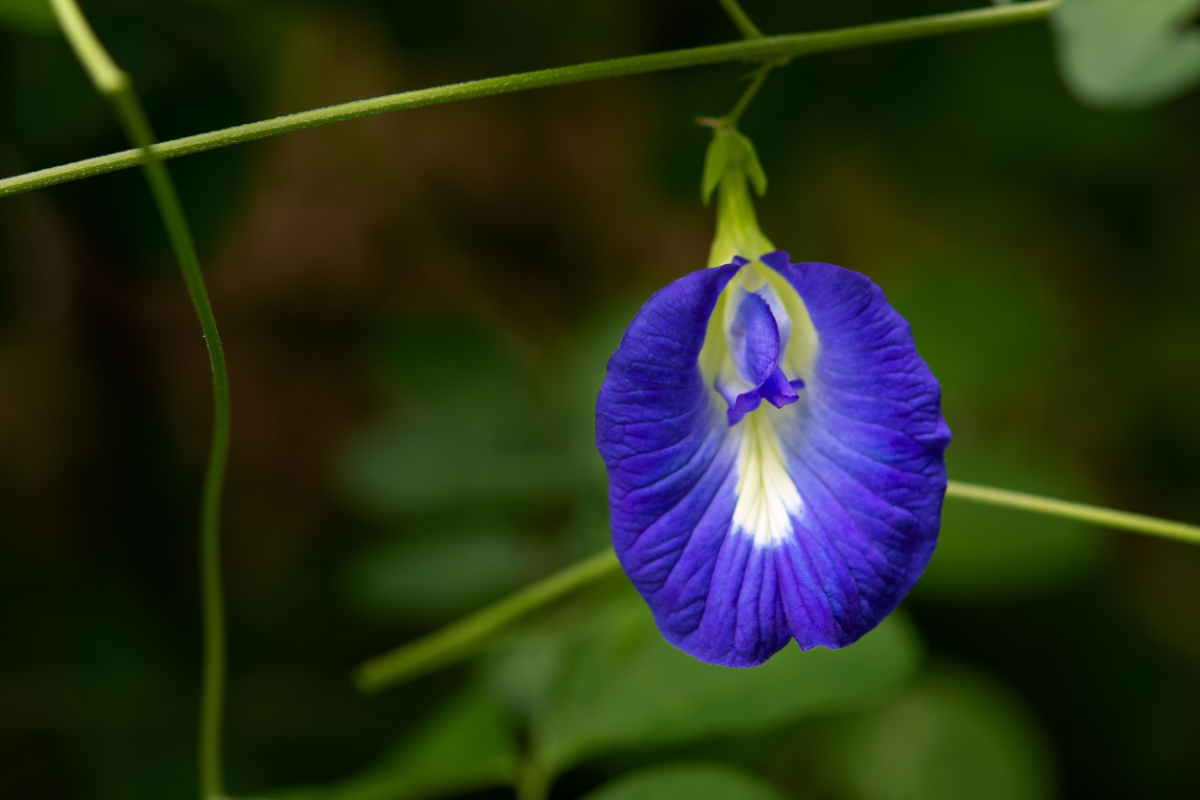Last week, California’s Assembly Bill 418 put titanium dioxide in the spotlight. If passed, the bill would make California the first state to ban the sale and manufacture of foods containing titanium dioxide, among other chemicals and dyes. While it’s unclear whether the bill has enough momentum to pass, it has intensified the search for titanium dioxide alternatives.
Although the ingredient would remain Generally Recognized as Safe (GRAS) by the US Food and Drug Administration (FDA) at levels of no more than one percent of the food by weight, food manufacturers would have to find titanium dioxide alternatives and potentially reformulate recipes. Currently, more than 1,800 brand name food products in the US have titanium dioxide listed in the ingredient statement.
In response to the proposed bill, several food industry groups sent a letter opposing the bill, saying that “All five of these additives [red dye No. 3, titanium dioxide, potassium bromate, brominated vegetable oil or propylparaben] have been thoroughly reviewed by the federal and state systems and many international scientific bodies and continue to be deemed safe.”
Related: Scientists Urge the FDA to Ban Red 3 Color Additive
What is Titanium Dioxide?
Titanium dioxide is made from titanium, an element in the Earth’s crust and a transition metal on the periodic table. The ingredient is used in paint, Wite-Out and skin care products, namely sunscreen, as it functions as an ultraviolet light filter. In food, it has long been used as a coloring agent to whiten or provide a cloudy effect in products like candies, gum, sauces and baked goods.
In the US, titanium dioxide may not be used in foods with a standard of identity (SOI) unless it is included in the standard. For example, the standard for mozzarella cheese states coloring may be used to mask any natural yellow color in the curd. On the other hand, Monterey Jack cheese does not have color included in its SOI. So, while it is a white cheese, color cannot be added to make it whiter, as may be done with mozzarella.
The ingredient has been in and out of the food safety conversation since the European Food Safety Authority (EFSA) banned its use as a food additive in the EU in 2021. A handful of US food chains, including Panera Bread, have already outpaced regulators, announcing they will no longer sell products that contain the ingredient.
Although titanium dioxide is currently approved for use in the US, formulators in North America and Europe are looking for titanium dioxide alternatives in everything from creamers to cheeses and cake frostings to hard-shell candies.
ON-DEMAND XTALKS WEBINAR: Super Aging: Ingredients for Living Well as Long as Possible
Register for this free webinar to learn about top ingredients to consider for healthy aging formulas. Attendees will hear about recent science regarding brain function, cellular health, visual processing and nootropic applications. The featured speakers discuss certain top ingredients to consider for healthy aging formulas.
Finding Titanium Dioxide Alternatives
Formulating food products without the unique properties of titanium dioxide presents a complex technical challenge. The ingredient boasts heat-stable opacity and bright white color — properties that are particularly appealing when it comes to maximizing a product’s visual appeal. But for companies tasked with finding titanium dioxide alternatives, there is no single universal replacement.
However, the list of replacements is growing. One alternative is rice starch, which is not only natural, but it is also fairly inexpensive. Another option is calcium carbonate, which has whitening properties and provides the benefit of strengthening. But both of these alternatives can affect the consistency and texture of the final product. That’s why several ingredient makers are working on titanium dioxide alternatives with fewer drawbacks.
Chicago-based ADM, for example, offers PearlEdge, a proprietary white color solution derived from natural sources. “Our team has been diligently working to perfect our new line of white color solutions, assuring its groundbreaking quality and performance,” said Hélène Moeller, vice president of global product marketing at ADM, in a press release. “This rollout meets the evolving needs of customers and consumers, as brands look for titanium dioxide replacements that not only provide a bright white shade, but also meet clean-label targets.”
Another ingredient maker, Sensient, offers Avalanche, which the company claims has been the sole viable titanium dioxide alternative on the market. Avalanche comes in a portfolio of simple ingredient starch- and mineral-based solutions that have various applications, including baking, confectionary, dairy, dry goods and panned applications, among others.
Other companies, like Ingredion and NCC Food Ingredients, work directly with food producers from reformulation to new product development in order to determine which titanium dioxide alternative is right for them.












Join or login to leave a comment
JOIN LOGIN